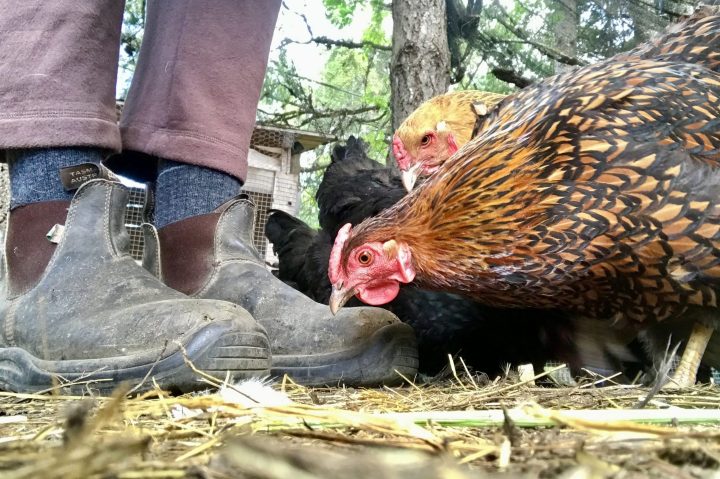
Foot dips in poultry management are a crucial biosecurity measure aimed at preventing the spread of diseases within flocks.
As poultry farming continues to grow, the risk of infection from pathogens carried by humans and equipment increases.
Implementing effective foot dip protocols can significantly reduce this risk, safeguarding the health of poultry and ensuring productivity.
This article delves into the importance of foot dips, the types of disinfectants used, and best practices for their implementation.
1. The significance of foot dips in poultry biosecurity
Foot dips play an essential role in biosecurity strategies for poultry farms. The primary purpose of a foot dip is to disinfect footwear before entering poultry houses, thus minimizing the risk of introducing harmful pathogens.
Footwear can carry a variety of contaminants, including bacteria, viruses, and parasites, from one area to another.
By utilizing foot dips, farmers create a barrier that helps prevent disease transmission, protecting both the birds and the overall health of the flock.
Effective foot dip practices are particularly important in large-scale operations where the movement of people and equipment is frequent.
2. Choosing the right disinfectants
Selecting the appropriate disinfectant for foot dips is critical to their effectiveness. Various chemical agents can be used, each with specific properties and efficacy against different pathogens.
Common disinfectants include quaternary ammonium compounds, sodium hypochlorite, and iodine-based solutions.
When choosing a disinfectant, factors such as contact time, dilution rate, and compatibility with poultry must be considered.
It’s essential to follow the manufacturer’s guidelines to ensure optimal effectiveness and safety. Additionally, rotating disinfectants can help prevent the development of resistance among pathogens, further enhancing biosecurity efforts.
3. Foot dip design and placement
The design and placement of foot dips are vital for their success in poultry operations. Foot dips should be located at the entrances of poultry houses, processing areas, and any zones where there is a risk of disease transfer.
A typical foot dip consists of a shallow container filled with disinfectant, designed to accommodate different shoe sizes. Ideally, the dip should be large enough to ensure that the entire sole of the shoe is submerged.
To improve effectiveness, farmers can use grates or mats to allow excess disinfectant to drain off, reducing contamination of the surrounding area.
Regular monitoring and maintenance of foot dips are essential to ensure that they remain functional and effective.
4. Best practices for foot dip usage
To maximize the effectiveness of foot dips in poultry, several best practices should be followed. First, it’s important to ensure that foot dips are always filled with fresh disinfectant.
Disinfectant solutions should be changed regularly, particularly after heavy use or when visibly contaminated. Training all personnel on the importance of foot dips and proper usage is essential for compliance.
Additionally, farmers should encourage staff to clean their footwear before dipping, as this helps to remove dirt and organic matter that can interfere with the disinfectant’s effectiveness.
By fostering a culture of biosecurity, poultry operations can enhance their overall disease management strategies.
5. Monitoring and evaluating effectiveness
Regular monitoring and evaluation of foot dip effectiveness are crucial for maintaining biosecurity in poultry farms.
This involves assessing the cleanliness of the foot dips, checking the concentration of disinfectants, and ensuring compliance with foot dip protocols among staff.
Periodic evaluations can help identify any gaps in biosecurity measures and allow for adjustments to be made.
Furthermore, keeping records of foot dip usage, including any incidents of disease outbreaks, can provide valuable insights into the effectiveness of the implemented measures.
Continuous improvement in foot dip practices can lead to healthier flocks and more sustainable poultry operations.
In conclusion, implementing an effective foot dip in poultry management is essential for maintaining biosecurity and protecting flock health.
By understanding the significance of foot dips, selecting the right disinfectants, designing appropriate systems, following best practices, and monitoring effectiveness, poultry farmers can significantly reduce the risk of disease transmission.
As the poultry industry continues to evolve, prioritizing biosecurity measures like foot dips will be vital in ensuring the health and productivity of poultry operations worldwide.
With diligent implementation, foot dips can serve as a powerful tool in the ongoing fight against poultry diseases.
Read Also: Organic Treatment of Coccidiosis in Poultry





